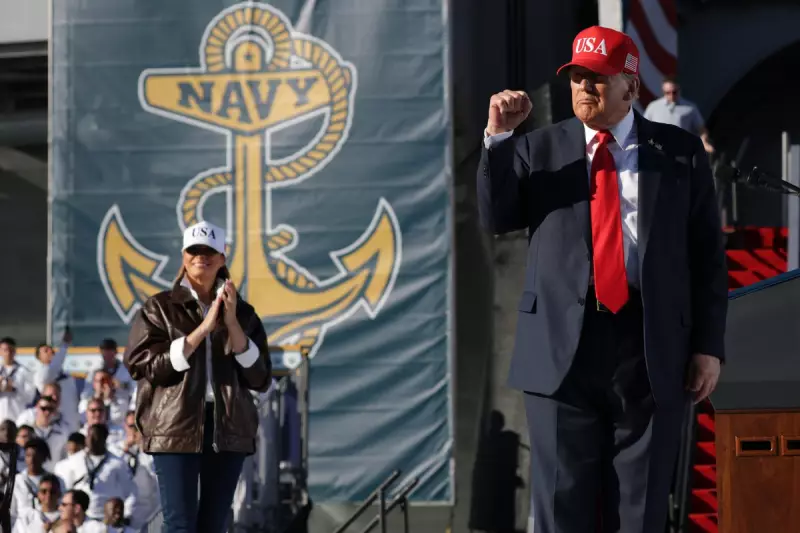
In a bold move that could reshape global naval power dynamics, former President Donald Trump is preparing an ambitious plan to dramatically expand the United States Navy if he returns to the White House. The proposed expansion, dubbed the 'Golden Fleet,' would see the US naval fleet grow to nearly 500 ships—a direct challenge to China's rapidly expanding maritime capabilities.
The Battle Force 2045 Vision Revived
According to sources familiar with the matter, Trump's team is resurrecting and expanding upon the 'Battle Force 2045' plan initially developed during his administration. This sweeping naval strategy aims to counter what defence experts describe as China's alarming naval buildup, which has seen the People's Liberation Army Navy surpass the US in sheer numbers of battle force ships.
The timing is particularly significant as China continues to assert its influence across the Indo-Pacific region, from contested waters in the South China Sea to strategic shipping lanes crucial for global trade.
An Unprecedented Naval Buildup
The proposed expansion represents one of the most substantial increases in US naval power in decades. Current plans would see the fleet grow from approximately 290 ships to nearly 500, creating what Trump advisers are calling a 'new American golden fleet.'
This massive undertaking would involve:
- Accelerated construction of new warships and submarines
- Extended service lives for existing vessels
- Increased investment in unmanned surface and underwater vehicles
- Enhanced capabilities across all naval domains
Strategic Implications for Global Security
Military analysts suggest this naval expansion could fundamentally alter the balance of power in key strategic regions. The increased presence would enable the US to maintain a more robust posture in the Pacific while continuing to meet commitments in other critical areas like the Middle East and European waters.
However, the plan faces significant challenges, including:
- Substantial budget requirements during a period of fiscal constraints
- Industrial capacity limitations in US shipyards
- Recruitment and training of additional naval personnel
- Maintenance and operational costs for an expanded fleet
The proposal comes amid growing bipartisan concern about China's military modernization and increasingly assertive behaviour in international waters. Both Republican and Democratic lawmakers have expressed support for strengthening US naval capabilities, though they may differ on the scale and pace of expansion.
As the 2024 election approaches, defence policy and America's global military posture are emerging as central issues in the campaign debate, with the future of US naval power taking centre stage in discussions about countering Chinese influence.





